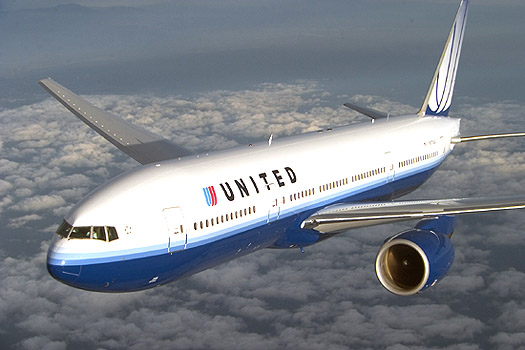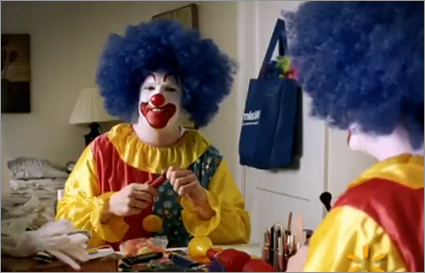“From box office records to digital expansion to growing success in the fight against movie theft, theatrical exhibition is thriving.” – John Fithian, president and CEO of NATO
In an economy weighed down by sagging sales, struggling markets, and a growing unemployment rate, movie theaters all across America seem to be doing just fine. USA Today reports that movie theaters raked in $10.6 billion in box office sales in 2009. In fact, to say movie theaters are “doing just fine” is probably a huge understatement on my part. Unlike in many previous years, the increase is not being driven by rising ticket prices alone. “Attendance is up 4.5% over 2008,” reports Hollywood.com.
In an article in the L.A. Times, Ben Fritz examines whether booming box office and increased attendance are economically-driven or if something fundamental is underway in the way people want to watch the movies.
The box-office boom has not only surprised many in Hollywood, but provided a much-needed source of revenue growth as DVD sales have plunged more than 13% so far this year. And it has proved that despite a digital revolution in the ways audiences consume content, one of the oldest methods has not lost its appeal. “When the economy is down, people start cutting back, but after a while they want to go out and be entertained,” said Ed Mintz, the president of market research firm CinemaScore. “Even at $10, or $15 for IMAX or 3-D, going to the movies is still a cheaper night out than almost anything else.”
The economy is clearly part of the equation, but perhaps something else is happening. I’ll leave Sony’s Jeff Blake with the final word:
There was a feeling that the business was recession-proof, but this is more than that,’ said Jeff Blake, vice chairman of Sony Pictures Entertainment. This is people rediscovering going to the movies.
This is a great 5 minute video clip I found on YouTube that describes the current transition to 3D in movie theaters and the new interactive seating exhibitionists are installing in their theaters. Beyond the transition to 3D and an interactive seat that moves with the movie, the video clip points to numerous other new amenities offered by movie theaters. The video clip makes it clear that, only are people rediscovering going to the movies, exhibitionists are giving them a reason to keep coming back for more.
[kml_flashembed movie=”http://www.youtube.com/v/dDkJ2H7bOTk” width=”425″ height=”350″ wmode=”transparent” /]



